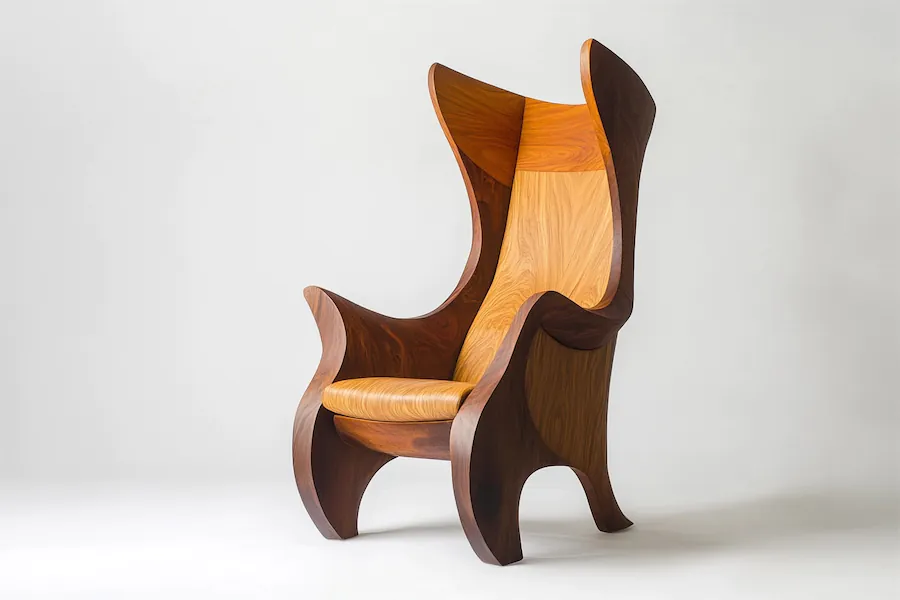A high back chair is a seating option distinguished by its tall backrest, providing enhanced support to the upper back, shoulders, and neck. This design promotes proper posture and offers increased comfort during prolonged sitting periods.
History and Origins of High Back Chairs
High back chairs have a rich history, with notable examples including the wing chair, introduced in England during the 1600s. The “wings” attached to the back were designed to shield occupants from drafts and trap heat from a fireplace, making them popular near hearths. The basic design has remained largely unchanged since their rise in popularity in the 1720s.
Key Features of High Back Chairs
- Extended Backrest: Provides support to the upper back, shoulders, and neck, promoting proper posture.
- Ergonomic Design: Many high back chairs are designed to support the natural curve of the spine, reducing strain during extended use.
- Adjustability: Features such as adjustable headrests, lumbar support, and reclining mechanisms allow for personalized comfort.
- Materials: Constructed from various materials, including wood, metal, leather, and fabric, to suit different aesthetics and functional needs.
Applications of High Back Chairs
- Office Environments: High back ergonomic chairs are essential in office settings, providing necessary support during long working hours to prevent discomfort and promote productivity.
- Home Settings: Used in living rooms, studies, and dining areas, high back chairs offer both comfort and style, enhancing the aesthetic appeal of the space.
- Outdoor Furniture: High back designs are also prevalent in outdoor settings, such as garden furniture, combining comfort with weather-resistant materials.
Considerations When Choosing a High Back Chair
- Purpose: Identify the primary use—office work, leisure, dining, or outdoor activities—to select a chair that meets specific functional requirements.
- Ergonomics: Ensure the chair offers adequate lumbar support, adjustable features, and promotes proper posture to prevent discomfort during extended use.
- Materials and Durability: Choose materials that are durable and suitable for the intended environment, considering factors like ease of maintenance and resistance to wear.
- Aesthetic Appeal: Select a design that complements the existing décor and personal style preferences.
- Budget: Consider the price range and seek options that offer the best value without compromising on essential features.
Conclusion
High back chairs are a timeless furniture choice, offering a blend of comfort, support, and style. From their historical origins to modern ergonomic designs, they continue to be a preferred seating option in various settings, catering to diverse needs and preferences.
